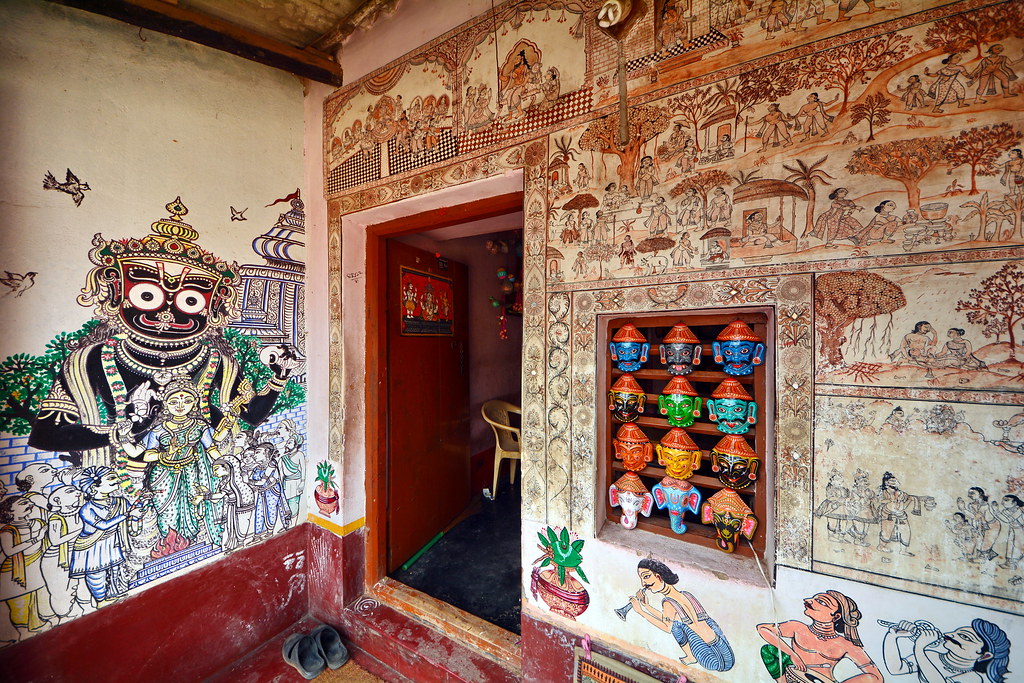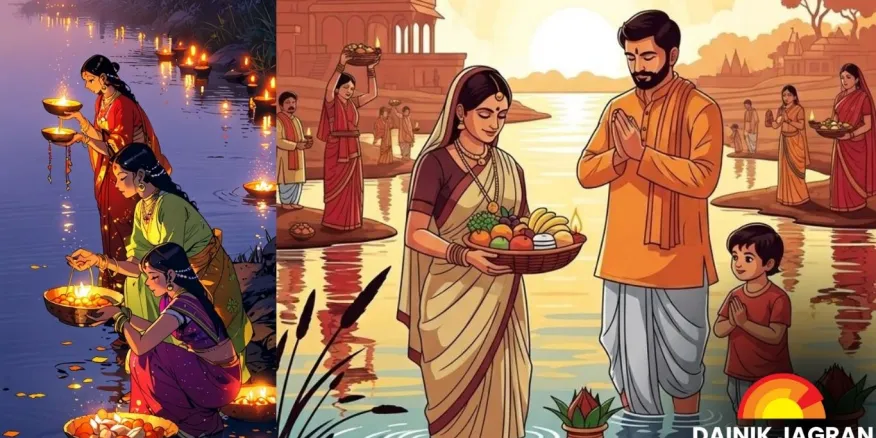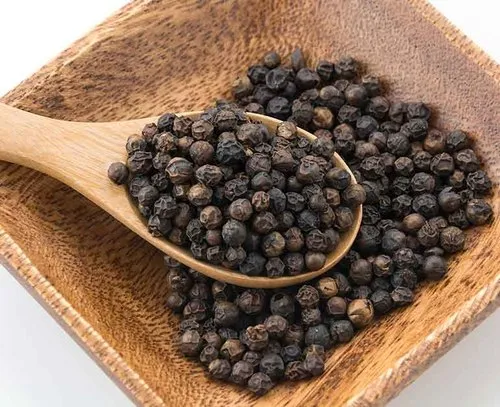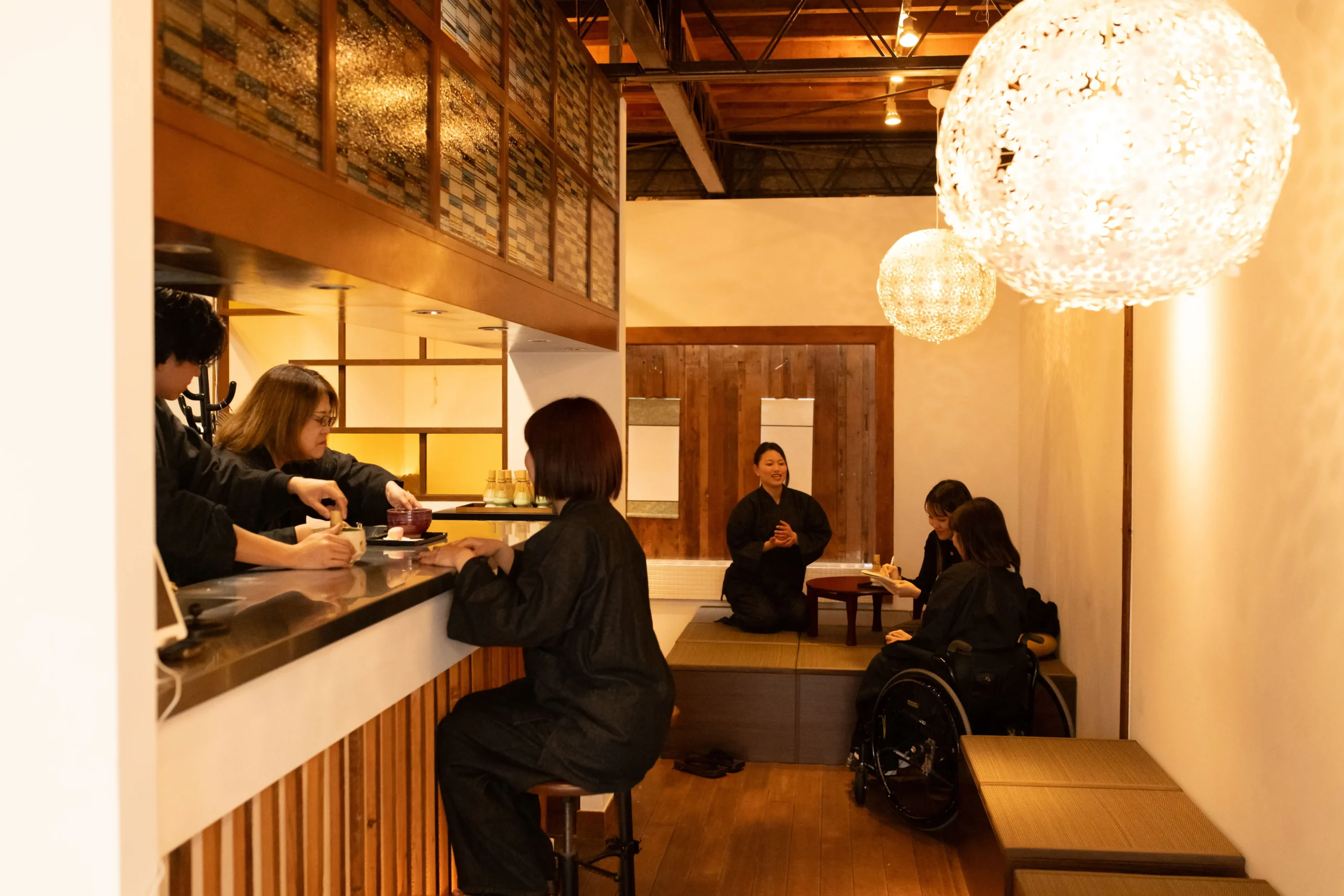Now Reading: The Odisha Village Where Walls Speak in Rice Paste Art
-
01
The Odisha Village Where Walls Speak in Rice Paste Art
The Odisha Village Where Walls Speak in Rice Paste Art

In a small village tucked away in Odisha’s tribal belt, walls aren’t just walls—they’re canvases that tell stories. Houses here are coated with intricate, white-on-red murals made from rice paste, applied by the women of the village every year. It’s not for tourists or social media. It’s a tradition, deeply woven into the rhythm of rural life, passed down like an heirloom.
The Tradition Behind the Art
The village of Lanjia Saura, located in the Gajapati district of southern Odisha, is home to the Saura tribal community. Each year, especially during harvest festivals or weddings, the women adorn the mud walls of their homes with ikons—geometric, symbolic figures painted using rice paste.
This art form, known locally as Idital or Saura painting, is more than decoration. It’s a spiritual expression, a way of paying respect to ancestors and invoking protection and prosperity for the household.
Rice Paste, Not Paint
The base material is simple: rice ground into a paste and mixed with natural adhesives like tamarind or resin. It’s applied on walls coated in red earth, creating a striking contrast. No stencils, no brushes—just fingers or small sticks are used to draw the human figures, animals, plants, and motifs that symbolize daily life, fertility, nature, and cosmology.
There’s a rhythmic elegance in the repetition. Each line and dot serves a purpose. Nothing is random.
Art Without an Audience
Unlike commercial tribal art from other parts of India, these murals are rarely sold or even framed. They are made only on walls, and eventually fade with time or weather. For the artists, permanence isn’t the goal. The act of painting itself is sacred.
Most of them don’t see themselves as artists. It’s just something their mothers and grandmothers did, and they continue doing it without thinking about acclaim or profit.
Facing the Fade
The challenge now is survival. With younger generations moving to cities for work and modern construction replacing mud walls with concrete, the tradition is quietly shrinking. Some NGOs and cultural groups have made efforts to document or revive it, but access remains limited.
Still, in villages like Lanjia Saura, where elders insist on keeping the practice alive, the murals return every season—brief, beautiful, and full of memory.
In Conclusion
In an age where digital filters and instant likes define aesthetics, the rice paste art of Odisha stands apart. It’s slow, meaningful, and grounded in community. These village walls don’t just display art—they carry stories, beliefs, and a reminder that beauty doesn’t always need an audience. It just needs a reason.

























